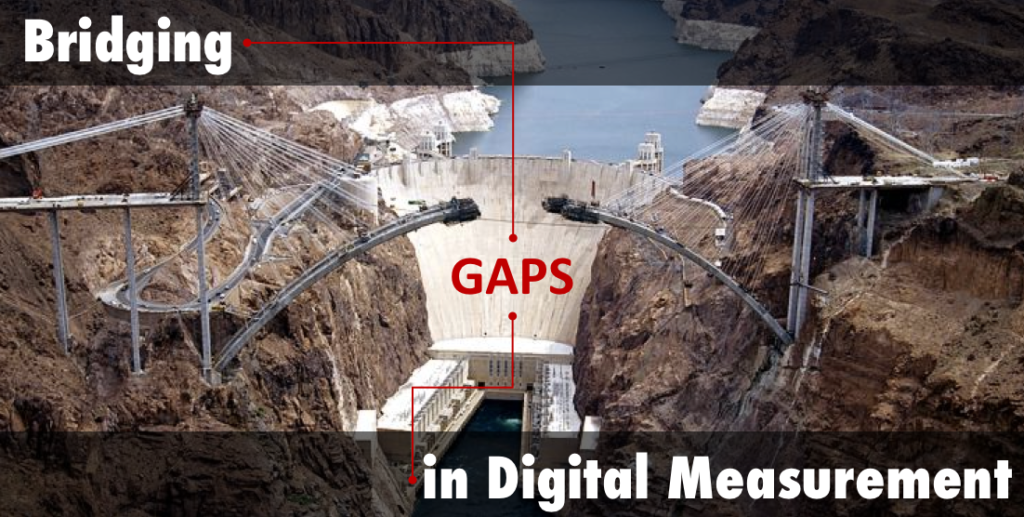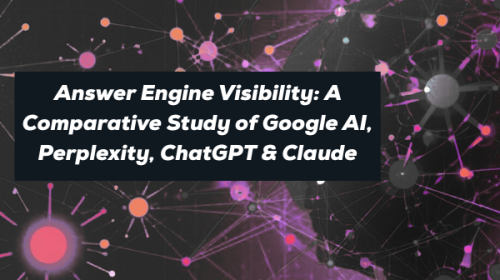Top digital marketers pay a lot of attention to the online customer journey – developing specific metrics that help track and measure their effectiveness in each stage of this journey. However, sometimes there are gaps that are difficult to quantify. This blog post addressed how leading marketers are bridging gaps in digital measurement by developing models and estimates.
Bridging Gaps In Digital Measurement
Many times marketers, especially those who find themselves in more traditional organizations, need to provide data which validates that their digital marketing investments are driving real results. Demonstrating this becomes hyper-critical for businesses that have customers moving from online-to-offline purchases as part of their journey – think car manufacturers, big box retailers among others.
This online-to-offline transition creates a significant gap in a digital marketer’s ability to track and measure the efficacy of their digital marketing investments. Below you’ll find two case studies that demonstrate how companies are bridging gaps in digital measurement by leveraging features like Store Visits in AdWords.
However, tools like Store Visits aren’t always applicable. This requires a shift in mindset:
- Mindset #1: No gaps exist, we have perfect data for making decisions
- Mindset #2: There are gaps but we can’t measure them, so we can’t do anything about that
- Shift in Mindset: Gaps exist, let’s identify them and figure out ways to estimate them to the best of our ability
Ask Yourself: “Can I identify gaps in our measurement and can I construct a model or estimate to bridge them?”
Here are a couple of case studies that show how companies are identifying gaps and leveraging tools and estimates to bridge them:
Nissan: Connecting Search Ads to Dealership Visits
PetSmart: The Value of Digital Revealed
The gaps will be different for each business, and they might require new tools like store visits or an estimate from internal data. But regardless, it’s important to know where the gaps exist and that there’s value in developing estimates to bridge them.
If you’ve got a unique way of estimating gaps or tools that have helped you in this process, reach out, we’d love hearing from you.




